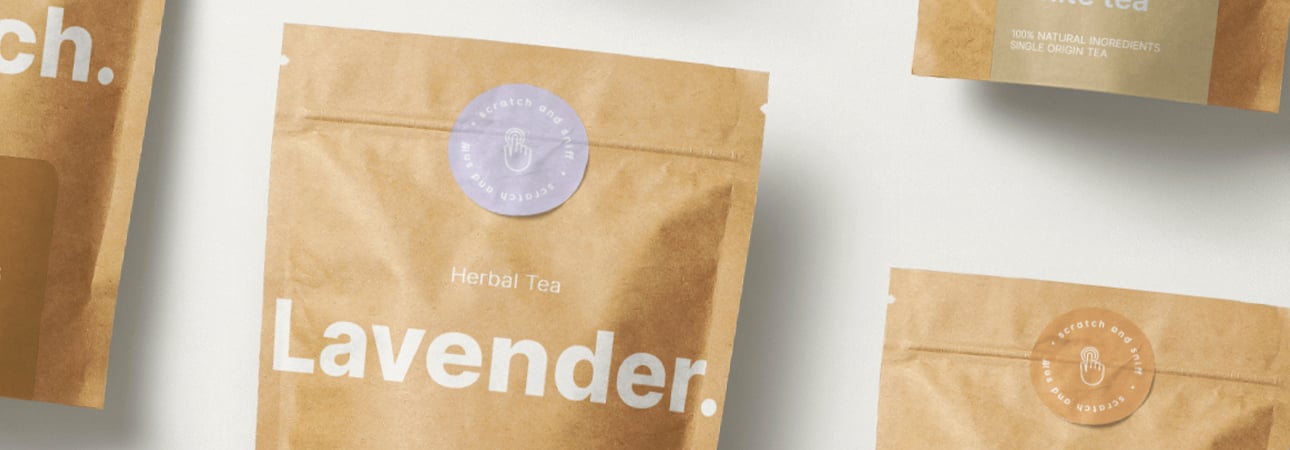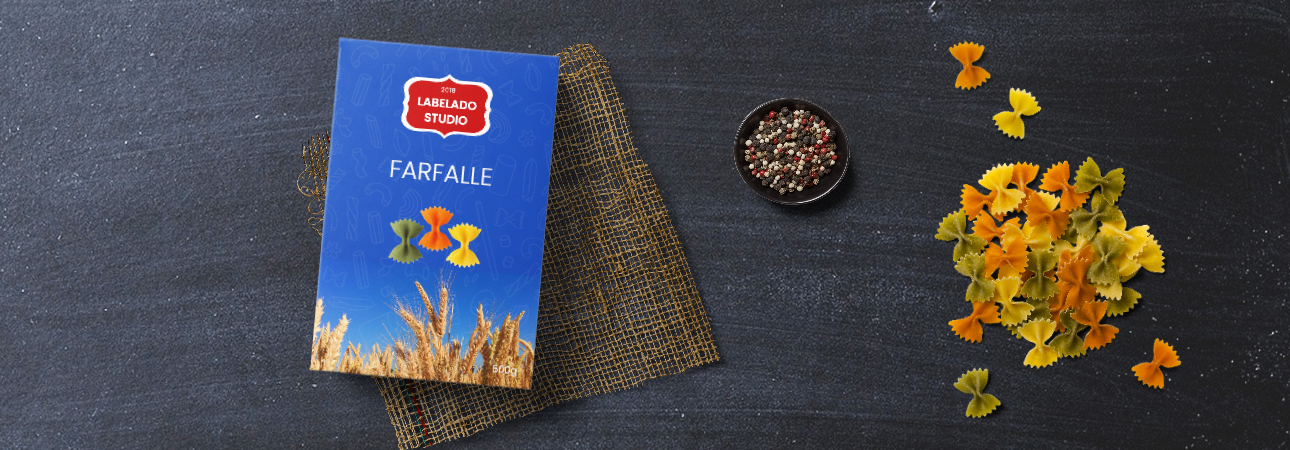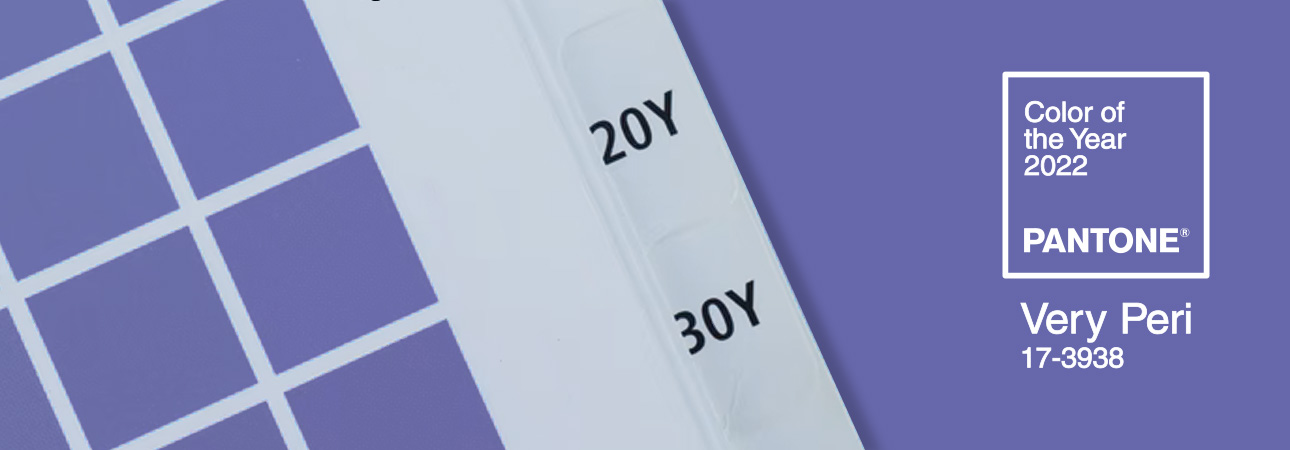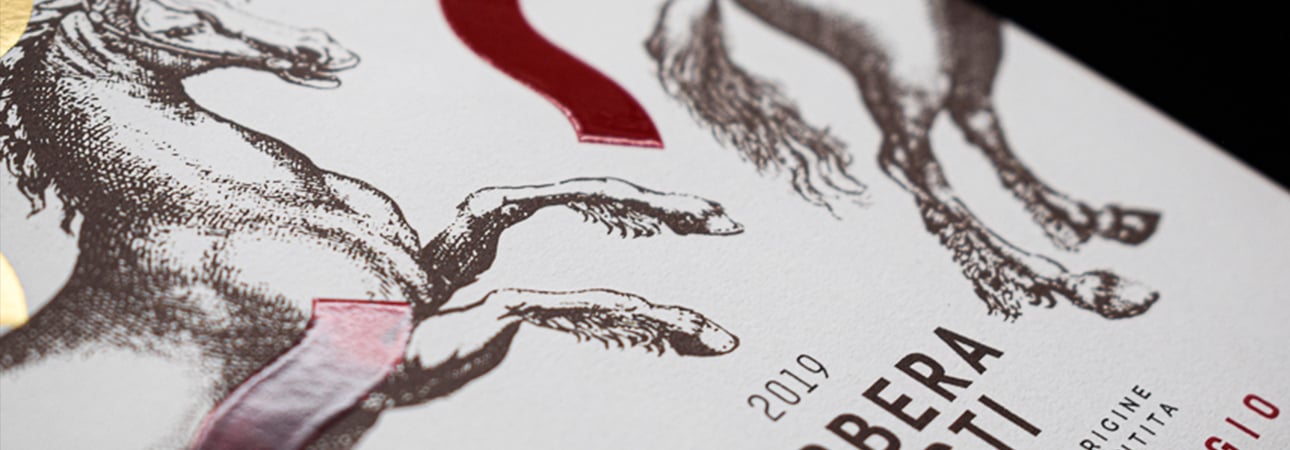Did you like the article? Share it!
Post-Covid Packaging: post-pandemic trends
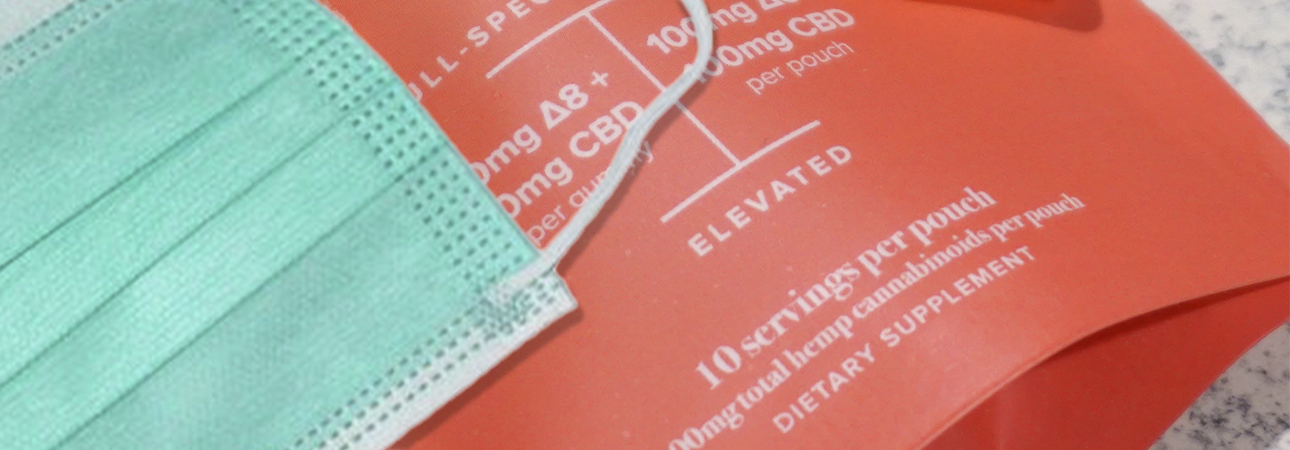
None of us could have imagined how much the Covid-19 pandemic would affect our lives. Arrived like a bolt from the blue, it changed our way of life, our daily life. Each of us has had to adapt somehow, and so have brands and companies to be able to move in this post-pandemic world.
The packaging sector, like many others, has seen the birth of new trends; the most important innovations concern concepts such as hygiene, purchasing methods and, once again, sustainability. The pandemic has changed the mentality of consumers in many respects: some concepts that were previously at the centre of the most discussed issues, such as sustainability, have taken a back seat to make room for others, such as safety and hygiene.
Consumers have returned to appreciate the packaging and its ability to contain and protect the product. This translates into an opportunity for those who produce and design packaging. It will be essential to propose innovative packaging solutions that, in addition to preserving the product, communicate the values and transparency of the brand, aspects that are increasingly sought after by consumers, especially after this period in which authenticity and genuineness have been rediscovered. These are the ingredients needed to move into this new reality of post-Covid packaging.
Packaging has been re-evaluated as a tool to ensure consumer safety and present the product's characteristics, but also as a means of instilling positivity, expressing the brand's attention to sustainability issues.
What is the consumer looking for in post-Covid packaging? How has the pandemic changed how you approach the product, the packaging and finally, the purchase? Consumer perception and needs have changed. Therefore, let's see together the trends in the world of post-Covid packaging.
Safety and Hygiene: the return of plastic
You know, packaged products protect hygiene better, as they protect against any manipulation or external contamination. And in this post-pandemic period, we have all become more attentive, some more or less, to this aspect. Sanitisers and antibacterials were sold on every corner, and although the peak of the lockdown passed, this attention remained.
Before the arrival of Covid, reusable packaging had begun to take hold in the packaging sector. Still, plastic once again proved to be the protagonist in this health emergency. It was unavoidable to use it as the only material capable of contributing in terms of safety and protection and extending the useful life of food products, an important aspect when it came to pre-lockdown stocks.
Consumers have become more attentive to the potential touchpoints of a given product, with the concern that each touchpoint could increase exposure to the virus. Having packaging that is thrown away once used drastically reduces these contact points.
Plastic is the only material that can be used in packaging capable of resisting the products used to sanitize the packaging without compromising the packaging itself or the product it contains. Now that the emergency is passing, however, the real challenge of this new reality of post-Covid packaging will be to develop new materials that are greener than plastic to be used for disposable packaging without reducing their level of safety, quality and functionality.
Change in shopping habits: the boom in e-commerce
As mentioned earlier, the way consumers buy has also changed; everyone at least once found themselves buying online during the lockdown. A trend already presents before Covid, which has undergone a surge with the arrival of the pandemic. The inability to leave the house and closed shops led us to turn to e-commerce and online sales.
It is an opportunity for manufacturers and packaging designers. Given the boom in online purchases, which inevitably involve shipping, it has proved necessary to produce packages that protect the product during transport. The demand for e-commerce boxes has risen significantly, and the need for packaging customization has increased. For a brand, we are having an e-commerce box customized with its brand represents, in fact, an opportunity to undertake a real marketing action to promote itself.
Sensitivity towards Sustainability: transparency and authenticity
Having talked about how plastic has proved to be fundamental and the return of disposable packaging, it would seem at first glance that the much-discussed sustainability has momentarily taken a back seat. Still, in reality, this is not the case. “Sustainability” does not refer only to the materials used to produce but also to other aspects. It is a much broader concept that includes disposal and recycling, alternative energy sources, care for the environment and people, the achievement of zero emissions, the transparency of the production chain and the traceability of raw materials, etc.
In the era of post-Covid packaging, despite having welcomed with pleasure the use of plastic for more excellent safety interms of hygiene, most consumers also became attentive to sustainability as a broader concept. We have rediscovered some values, such as authenticity and the good and genuine good for health. Consumers are increasingly interested in the information and data on the product, the quality and origin of the raw material, health claims (nutritional tables), and information related to environmental sustainability on how to dispose of the packaging.
This trend has led the public to buy more and more from brands with an acute social conscience and transparency that brings out the honesty and authenticity of the brand.
Tactile Packaging: Satisfy the need for contact
There is undoubtedly physical contact among the many things that the pandemic has taken away from us. Contact becomes synonymous with being exposed to the virus. Hugs, kisses have been "banned", especially in periods of isolation, and we have missed this a lot.
In the post-Covid packaging world, this lack could translate into a search for contact with the packaging, thanks to unique textures and embossed effects. According to many experts, one of the effects of social distancing due to the pandemic is a renewed desire to touch the boxes in search of "gratifying".
To obtain the different three-dimensional effects, the world of packaging has always used techniques such as hot foil, varnishing, embossing and screen printing. These printing and finishing technologies capable of creating tactile effects are increasingly accessible, opening a world of opportunities to packaging and brand designers. From the velvety effect of the Soft Touch to a "sandblasted" effect, each of them can give the packaging a precious, as well as tactile, appearance.
Therefore, post-Covid packaging is packaging that moves further away from the idea of a mere container. The packaging is no longer just a helpful element on a functional, informative and protective level, but also something much more significant.
The pandemic has led to several new trends in packaging:
- disposable packaging to ensure consumer safety, yes, but with recyclable materials to be disposed of ecologically;
- precise information on the products and their origin and production, as well as explanations for their disposal;
- transparency and brand awareness regarding sustainability;
- tactile effect of satisfying that need for contact due to social distancing.
I hope you enjoyed this article. Below you can find other articles on the world of packaging, happy reading, and the following article!
Next
Related post
Learn more

